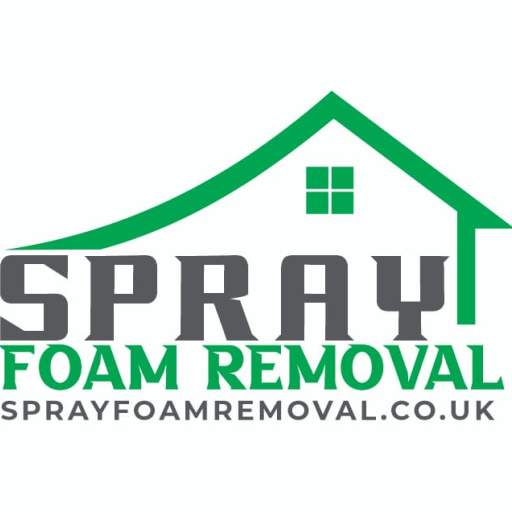Spray foam insulation is a popular choice for improving energy efficiency in homes and commercial buildings. However, there may come a time when you need to remove it due to renovations, damage, or improper installation. While removing spray foam insulation can be challenging, the right approach and tools can make the process more efficient and manageable. Here are expert tips to help you remove spray foam insulation effectively.
1. Identify the Type of Spray Foam
Before starting, determine whether the spray foam insulation is open-cell or closed-cell. Open-cell foam is softer and easier to remove, while closed-cell foam is denser and more rigid, requiring more effort and specific tools for removal.
2. Wear Proper Protective Gear
Removing spray foam insulation can generate dust and small particles that may cause respiratory or skin irritation. Always wear:
- Safety goggles
- A dust mask or respirator
- Work gloves
- Long-sleeved clothing
3. Use the Right Tools
The tools you use will depend on the type and location of the spray foam. Some useful tools include:
- Utility knife – for cutting and scoring large sections
- Putty knife or scraper – for peeling away foam from smooth surfaces
- Wire brush – for stubborn residues
- Heat gun – to soften hardened foam for easier removal
- Acetone or solvent – to break down foam residues on non-porous surfaces
4. Mechanical Removal for Large Sections
For large areas, manually cutting and peeling off the foam is the most effective approach. Use a utility knife to slice through thick foam layers and remove them in chunks. A pry bar can help in lifting stubborn sections from wooden surfaces.
5. Dissolving Residues with Solvents
If traces of spray foam remain on metal, glass, or other non-porous surfaces, apply acetone or a commercial foam remover. Let the solvent sit for a few minutes before scrubbing with a wire brush or cloth. Be cautious when using chemicals and ensure proper ventilation.
6. Sanding and Grinding for Tough Remnants
In cases where spray foam is deeply embedded, light sanding or grinding may be necessary. Use a sanding pad or rotary tool to smooth out surfaces, especially on wood and concrete.
7. Vacuuming and Cleaning the Area
After removal, use a shop vacuum to clear away debris and dust. Wipe down the surfaces with a damp cloth to remove any remaining residue. Proper cleanup prevents allergens and contaminants from spreading.
8. Preventative Measures for Future Installations
To avoid excessive removal efforts in the future, consider:
- Using removable or temporary insulation in areas prone to modifications
- Ensuring proper installation to reduce the need for corrections
- Consulting with professionals before applying spray foam insulation
Final Thoughts
Removing spray foam insulation can be labor-intensive, but with the right tools and techniques, you can do it efficiently. Always prioritize safety, work systematically, and consider professional help for complex or large-scale removal tasks. By following these expert tips, you can successfully clear spray foam insulation and prepare your space for the next phase of renovation or insulation replacement.





Comments